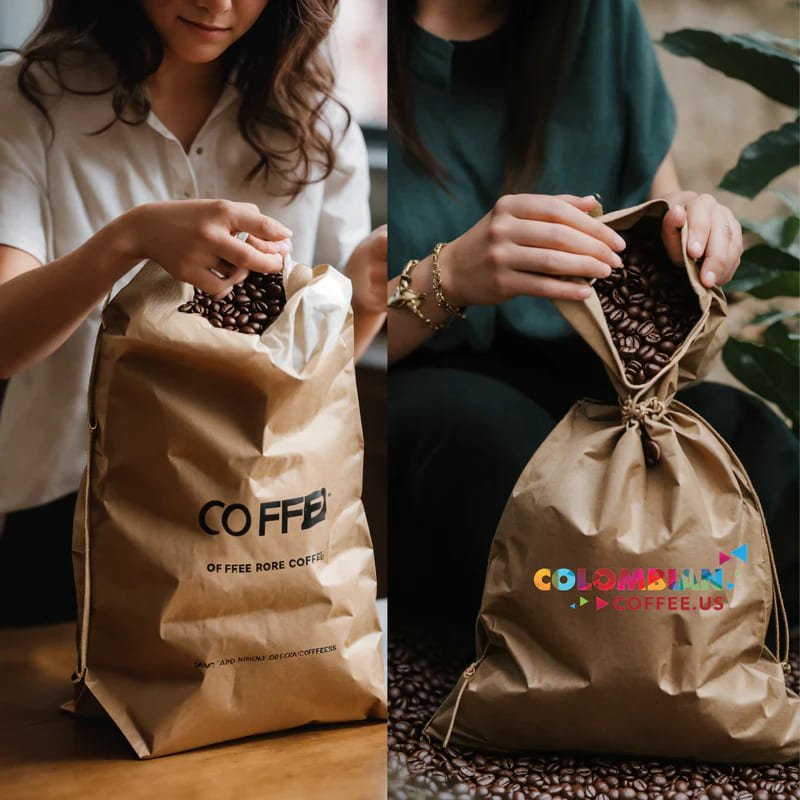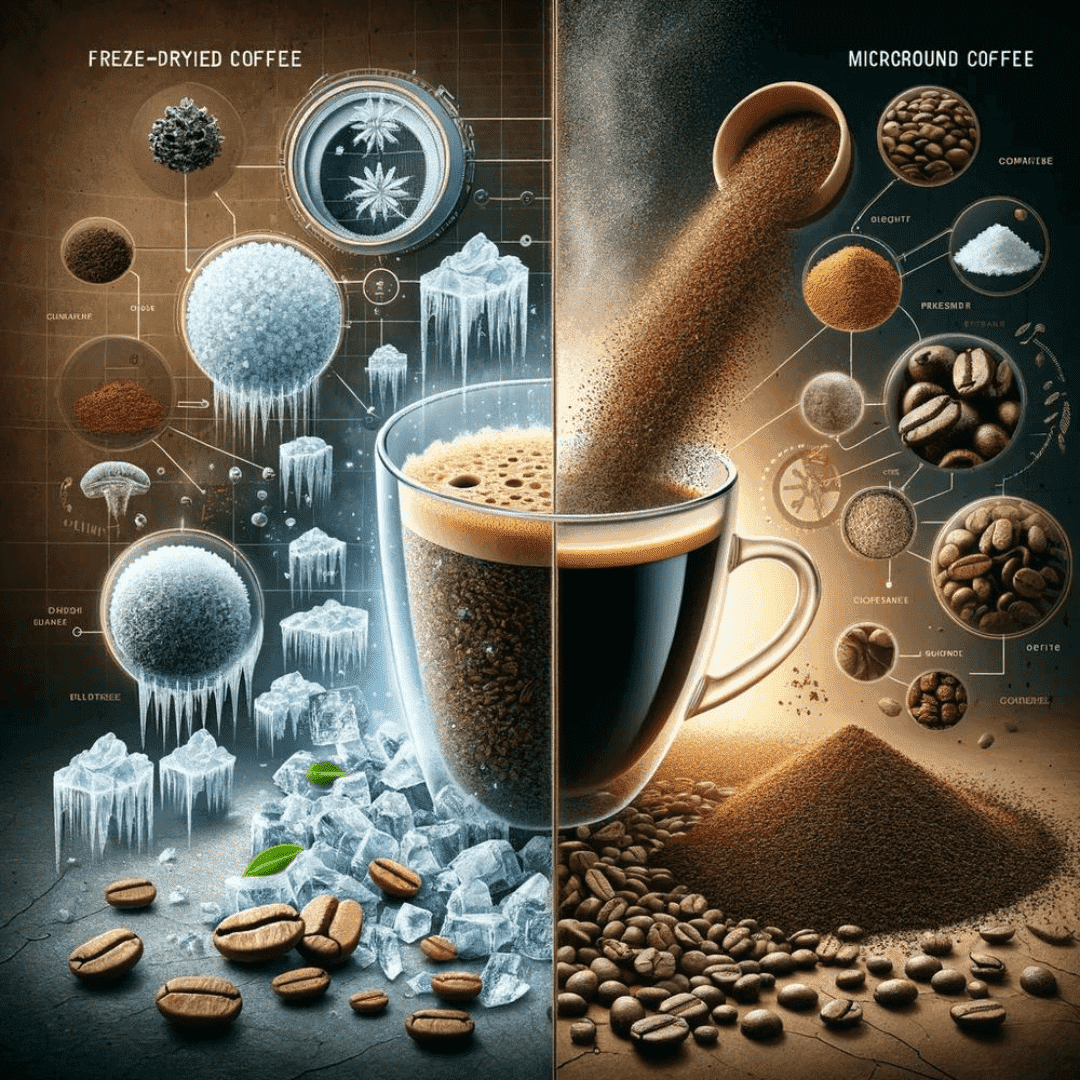In the world of coffee aficionados, brewing the perfect cup is both an art and a science. Beyond the choice of coffee beans, the brewing process is significantly influenced by the tools and equipment used. In this article we are going to explore the essential coffee brewing tools that elevate your home brewing experience. From the humble grinder to the precision scales, each element plays a crucial role in unlocking the full potential of your coffee beans.
1. The Foundation: Quality Coffee BeansBefore we go into the brewing essentials, it's important to acknowledge that the foundation of a great cup of coffee lies in the quality of the coffee beans. Opt for freshly roasted beans that suit your taste preferences, whether you favor the boldness of a dark roast or the nuanced flavors of a light roast. Invest time in exploring different origins and varieties to discover the beans that resonate with your palate.
2. Grinder: Unleashing Flavor through PrecisionThe grinder is often hailed as the unsung hero of the coffee brewing process. Grinding your coffee just before brewing is crucial for preserving the beans' aromatic compounds and ensuring a consistent particle size for extraction.
Burr Grinder vs. Blade Grinder:
Burr Grinder: Preferred by coffee enthusiasts, burr grinders provide precise control over grind size, resulting in a uniform extraction. This consistency is crucial for various brewing methods, from French press to espresso.
Adjustability:
Look for a grinder with adjustable settings to fine-tune the grind size according to your brewing method. Different methods, such as pour-over or espresso, require specific grind sizes for optimal flavor extraction.
Consistency is key when brewing coffee, and a digital scale ensures accurate measurements of both coffee grounds and water. Precision in ratios is essential for achieving a balanced and flavorful cup.
Benefits of Using a Scale:
Consistent Brews: A scale helps replicate successful brewing ratios, ensuring each cup is consistent.
Experimentation: Allows for precise experimentation with coffee-to-water ratios to tailor the strength and flavor of your brew.
Eliminates Guesswork: Say goodbye to guesswork – a scale provides the exact amount needed for your preferred brewing method.
4. Kettle: Controlling the Pour
The humble kettle plays a crucial role in the coffee brewing ritual, particularly for pour-over and manual methods. The choice of kettle can impact the water flow, allowing for precision in pouring and controlling extraction.
Gooseneck vs. Traditional Kettle:
Gooseneck Kettle: Characterized by its long, thin spout, a gooseneck kettle provides precise control over the pouring rate. This is especially beneficial for pour-over methods that require a slow and controlled pour.
Variable Temperature Control:
For those experimenting in the world of specialty coffee, a kettle with variable temperature control is a game-changer. Different coffee beans and roasts require specific water temperatures to unlock their full potential, and a variable temperature kettle allows you to tailor the heat to your beans.
5. Brewing Method-Specific Equipment
A. Pour-Over Setup:
Pour-Over Cone: The heart of the pour-over method, a cone (such as the Hario V60 or Chemex) holds the coffee grounds and facilitates the extraction process.
Filter: Choosing the right filter is crucial, with options ranging from paper to metal. Paper filters contribute to a clean and bright cup, while metal filters allow more oils to pass through, resulting in a fuller body.
Portafilter: The portafilter holds the coffee grounds during the espresso extraction process. Single and double baskets allow for different coffee volumes and concentrations.
Tamper: Tamping the coffee grounds evenly in the portafilter is essential for achieving uniform extraction. Tamp with consistent pressure to avoid uneven extraction.
Plunger and Filter Screen: The plunger and filter screen separate the coffee grounds from the brewed coffee in a French press. Ensure the filter is in good condition to prevent sediment in the final cup.
6. Thermometer: Ensuring the Right Temperature
Temperature is a critical factor in coffee extraction. Using a thermometer ensures that the water temperature is within the optimal range for brewing, enhancing the flavor profile of your coffee.
Ideal Temperature Ranges:
Drip Coffee: 195–205°F (90–96°C)
Espresso: 190–200°F (88–93°C)
Pour-Over: 200–205°F (93–96°C)
Cold Brew: Brewed with cold water over an extended period
Infrared Thermometers: For precise measurements, consider using an infrared thermometer to gauge water temperature without direct contact.
7. Timer: Timing is EverythingBrewing coffee is a time-sensitive process, and a timer is a simple yet essential tool to ensure consistency in every cup.
Benefits of Using a Timer:
Bloom Time: For pour-over methods, timing the bloom – the initial wetting of the coffee grounds – allows carbon dioxide to escape, leading to a more even extraction.
Keeping your brewing equipment clean is vital for maintaining the integrity of your coffee flavor and preventing any off-putting tastes from residue or buildup.
Cleaning Essentials:
Brushes: Small brushes help clean grinders and coffee maker components. Descaling Solutions: For appliances like kettles and espresso machines, periodic descaling removes mineral deposits that can affect performance.
Coffee Residue Remover: Use a specialized coffee residue remover for equipment like grinders and brewers to eliminate oils and residues that can impact flavor.
Once you have invested in quality coffee beans, proper storage is crucial to preserve their freshness and flavor.
Airtight Containers: Use airtight containers to protect coffee beans from exposure to air, light, and moisture, which can lead to flavor degradation.
UV-Protected Containers: Consider containers with UV protection to shield coffee beans from light, which can accelerate the staling process.
10. Coffee Scales with Timer: An All-in-One SolutionFor those seeking convenience without compromising precision, coffee scales with built-in timers provide an all-in-one solution for accurate measurements and timing.
Benefits:
Streamlined Brewing: Combining a scale and timer streamlines the brewing process, reducing the need for multiple tools.
Consistency: An integrated scale and timer promote consistency in each brew, helping you refine your technique over time.
In the world of coffee brewing, the journey to the perfect cup is an exploration of both tools and technique. The essential brewing equipment outlined in this guide serves as the foundation for crafting a cup of coffee that transcends the ordinary. As you embark on your brewing adventure, remember that the key lies not just in the equipment but in the passion and care you invest in each step. Elevate your coffee ritual by embracing these essentials, and savor the joy of a freshly brewed cup that reflects your dedication to the craft.



